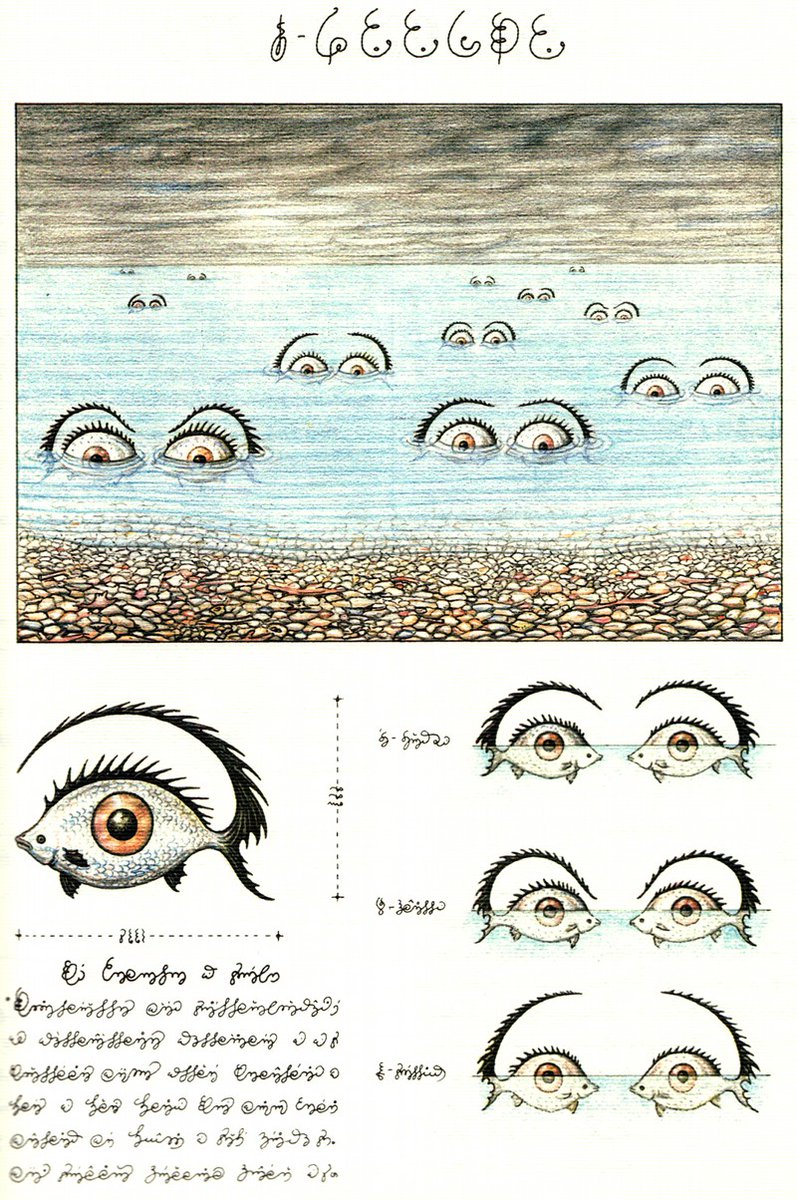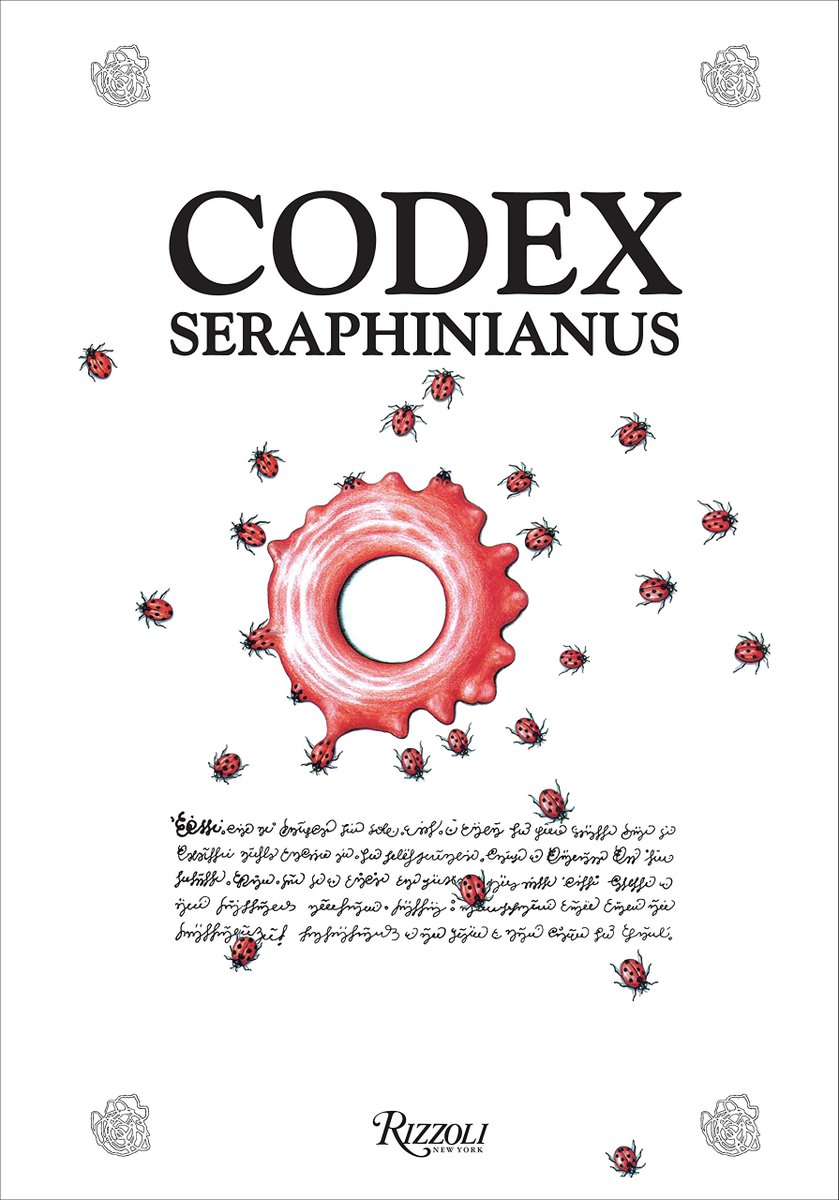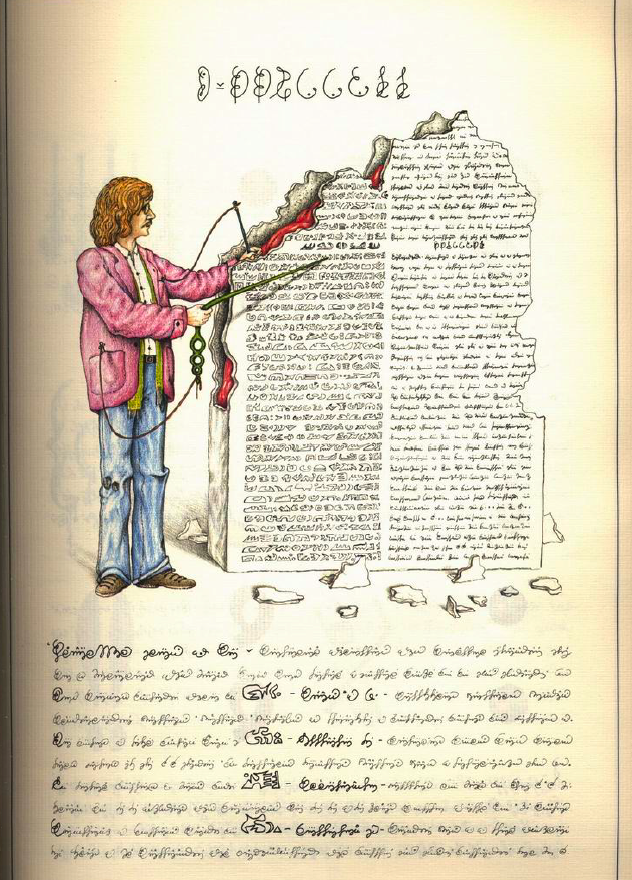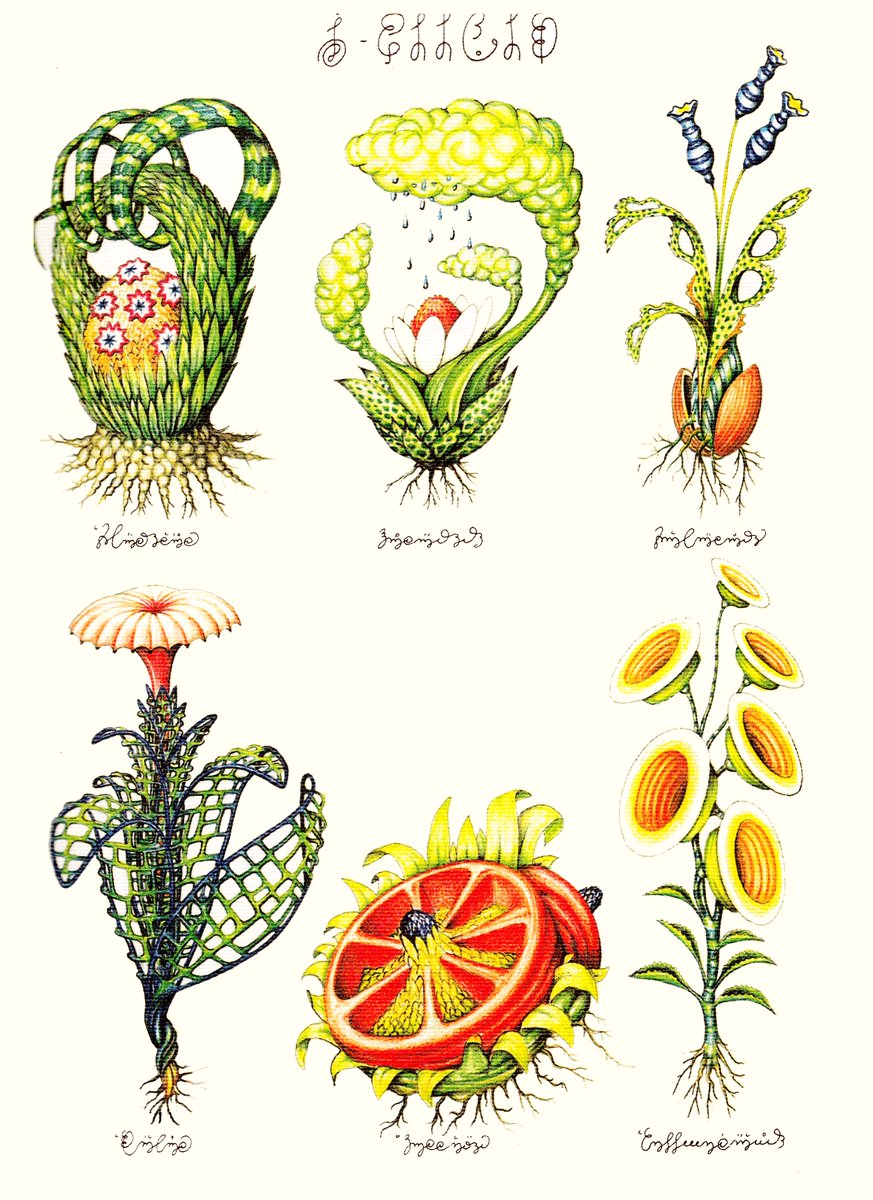I greatly enjoyed talking about my past and ongoing research work on the woodcut illustrations in J.E. Nieremberg's Historia naturae and the work of the woodcutter Christoffel Jegher.
The #woodblocks (preserved at the Museum Plantin Moretus)
hold the key to many questions!

The #woodblocks (preserved at the Museum Plantin Moretus)
hold the key to many questions!


It was a nice opportunity to acknowledge the important work of researchers & projects like @JessieWHChen @leusavage @MakingKnowing @ArtechneProject @MVCRASSH
Jessie, Joost Depuydt and @kristofselle have been very helpful with my questions about the Nieremberg MPM #woodblocks
Jessie, Joost Depuydt and @kristofselle have been very helpful with my questions about the Nieremberg MPM #woodblocks

It was also very interesting to discuss many other image-making devices & "things" - thanks to Maia Sheridan @StAndrewsUniLib for bringing material related to @univofstandrews and to Alistair Rider @ArtHistoryStA for bringing wood, tools and expertise. 

I also brought my own linocut block to address the issue of historical reconstruction and "learning by doing" methodologies for the study of this kind of materials and practices.
Thanks everyone for coming! Looking forward to another session of #TalkingThings!
Thanks everyone for coming! Looking forward to another session of #TalkingThings!

Addenda 1: Shout-out to @ilikeoldbooks and @lauramoretti10 (@T3D2019) for a wonderful Study Day at @MagdLibAndArch that allowed me to examine and compare some of these woodcut illustrations e.g. the birds of paradise in Nieremberg and Clusius. 

Addenda 2: I'm very interested in the "public engagement" dimension of this research on #woodblocks. Two good examples of the kind of projects I'd like to develop can be found in the work of @DevinFitzger & the @ArchesEU @ArteConTacto_ @VRVis project. 



• • •
Missing some Tweet in this thread? You can try to
force a refresh


















